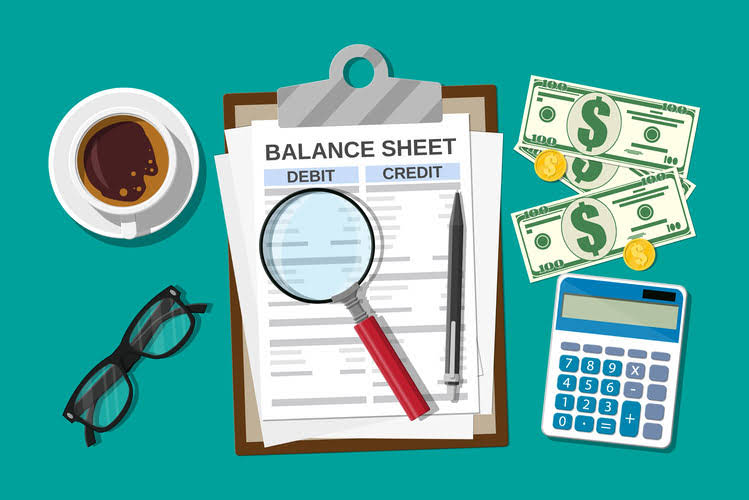
It requires the supplier to pay for the delivery of your goods up until the named port of shipment, but not for getting the goods aboard the ship. With the advent of containerization in the mid-20th century, FOB delivery points adapted to modern logistics, allowing for more efficient loading and unloading of goods. This evolution has made FOB a fundamental Incoterm used across various industries beyond maritime shipping, including air, rail, and road transport.

Practical Uses of FOB in Business and Trade

The transportation department of a forward-thinking customer could choose FOB shipping point terms over FOB destination ones to maintain tighter control over the logistics process. In the context of international trade, FOB delivery points play a critical role in defining the division of responsibilities between buyers and sellers. By specifying where the transfer of ownership and risk occurs, FOB terms help in allocating costs, mitigating risks, and ensuring a clear understanding of each party’s obligations. If you’re involved in international trade as a business owner, supplier, or customer, you’ve likely encountered the term FOB delivery point. FOB stands for “Free on Board,” a widely recognized Incoterm that delineates the transfer of ownership and responsibility from the seller to the buyer for the goods being shipped.
- That simplifies complex and interchangeable international shipping agreements, so you can easily see what’s happening and who is responsible at every stage of shipment.
- One of the most common and widely used terms is Free On Board (FOB), which defines the point at which responsibility for the goods shifts from the seller to the buyer.
- For example, when faced with a potential delay at the port, you can reach out to a freight forwarder who provides expert advice on how to expedite the customs clearance process.
- The buyer records the purchase, accounts payable, and the increase in inventory on January 2 when the buyer becomes the owner of the goods.
- Its advanced algorithm maximizes efficiency and cost-savings in your supply chain.
- When the destination port is the location, it’s known as the FOB destination.
- Imagine you’re a small business owner who secures a deal to import antique furniture from an overseas supplier.
Ship Confidently With MVP Logistics
FOB terms clearly outline who’s responsible for costs and who must take action if goods are damaged or lost during transit. Our Q & A section includes a worked example of FOB shipping point freight prepaid. Once the goods are at the shipping point, the ownership of the goods and the risk passes to the buyer and should be included in the inventory of the buyer as goods in transit. The buyer now has an obligation to pay for the goods and is responsible for all future expenses.
Best Practices for Successful Shipping Under FOB Terms

Knowing the differences can save you from unexpected charges and disputes, making your shipping processes smoother and more predictable. Expanding your international business with Pazago’s global client base and comprehensive trade solutions. Whether shipping electronics from Germany or textiles from India, Pazago covers your trade needs. Another scenario might involve a consignment of textiles from India; as soon as the goods are handed over to the shipping company at the port of Mumbai, they’re your responsibility. Example – The sales agreement’s shipment from Beijing to Los Angeles is written as “FOB origin Beijing Jan 2020”.
In FOB destination, the seller retains responsibility for the goods until they reach the buyer at the specified destination. The title of ownership transfers to the buyer only when the goods are delivered to the buyer’s location. This means that the seller is responsible for any loss or damage to the goods during fob shipping point example transit.

Goods in FOB shipping point are owned by the buyer once loaded onto the freight carrier at the origin point. From selecting the carrier to deciding on the shipping route, buyers have the control and flexibility to make strategic choices that align with their business needs. Selecting carriers without a proven track record can increase the risk of delays and damage. Remember, while FOB and other Incoterms are internationally recognized, trade laws vary by country.
FOB destination point refers to a product sold to a customer after it arrives at the https://contieng-solutions.com/how-to-calculate-change-in-assets-the-motley-fool/ buyer’s destination. In contrast to the FOB shipping point, the seller may bear the risk of loss and responsibility for transportation expenses while the goods are in transit. Understanding the nuances of these different shipping terms is essential for businesses of all sizes.

- This enables a smooth handover between seller and buyer at the point of shipment origin.
- Terms like FOB Shipping Point and FOB Destination fall under these guidelines, providing a common framework to mitigate misunderstandings.
- Sellers are typically responsible for expenses related to transporting goods to the shipment point, while buyers take over the costs beyond this point.
- Using the same electronics example, the seller would cover that $2,000 freight cost and replace any damaged goods, ensuring the buyer receives everything intact.
- Under FOB Origin terms, the buyer assumes ownership and responsibility once the goods are loaded onto the shipping vessel.
- This means that the seller is responsible for any loss or damage to the goods during transit.
Understanding FOB shipping point is essential for businesses engaged in international trade. Now that we have explored an example of FOB shipping, let’s delve into the benefits and considerations of FOB shipping point in the next section. To negotiate a favorable FOB Shipping Point agreement, both parties should clearly outline their responsibilities and liabilities in the contract. The buyer should ensure that the goods are properly packaged for transport to minimize the risk of damage. The seller should provide accurate and timely information about the goods and shipping details.
Keep in communication with the seller for the pickup arrangements, for the preparations of the goods, or any other How to Run Payroll for Restaurants instructions about the goods and the shipment. It’s your job to handle the loading of the goods in the ship and to make sure they are packaged safely. Make sure you know about all export regulations and can handle all customs procedures, might be any export licenses or permits.
